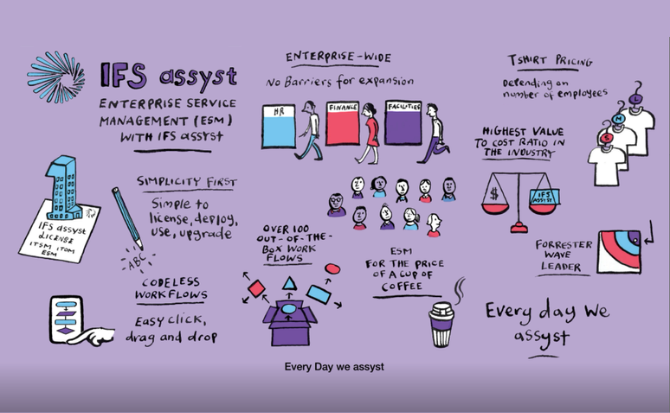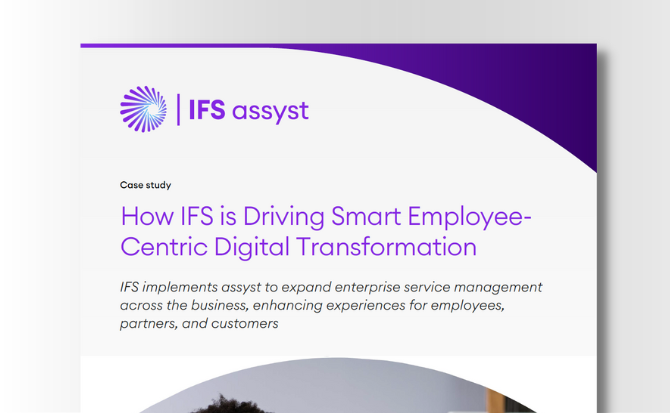
Many organizations struggle with inefficient workflows that slow down service delivery, create unnecessary costs, and frustrate both employees and customers. Manual processes, approval delays, and disconnected systems lead to missed opportunities and operational bottlenecks.
What if service requests, approvals, and escalations could move seamlessly from start to finish without delays or manual intervention?
End-to-end workflow automation is a game changer for organizations looking to improve efficiency, accuracy, and responsiveness. By reducing repetitive tasks, ensuring seamless handoffs between teams, and providing real-time visibility into workflows, automation enables organizations to scale operations and meet business demands more effectively.
This guide explores the impact of inefficient workflows and the role automation plays in eliminating common challenges. You’ll gain insights into:
- Why traditional, manual workflows slow business operations and increase costs
- How automation streamlines service delivery, reduces errors, and enhances collaboration
- Practical steps for assessing current workflows and identifying automation opportunities
- Key considerations for implementing an automation strategy that aligns with business goals





